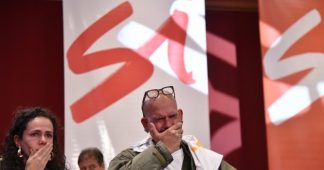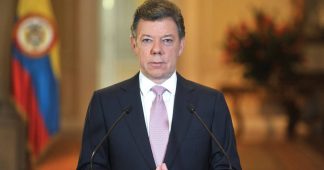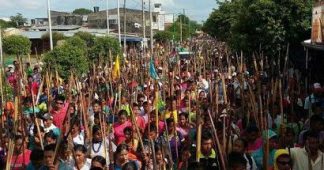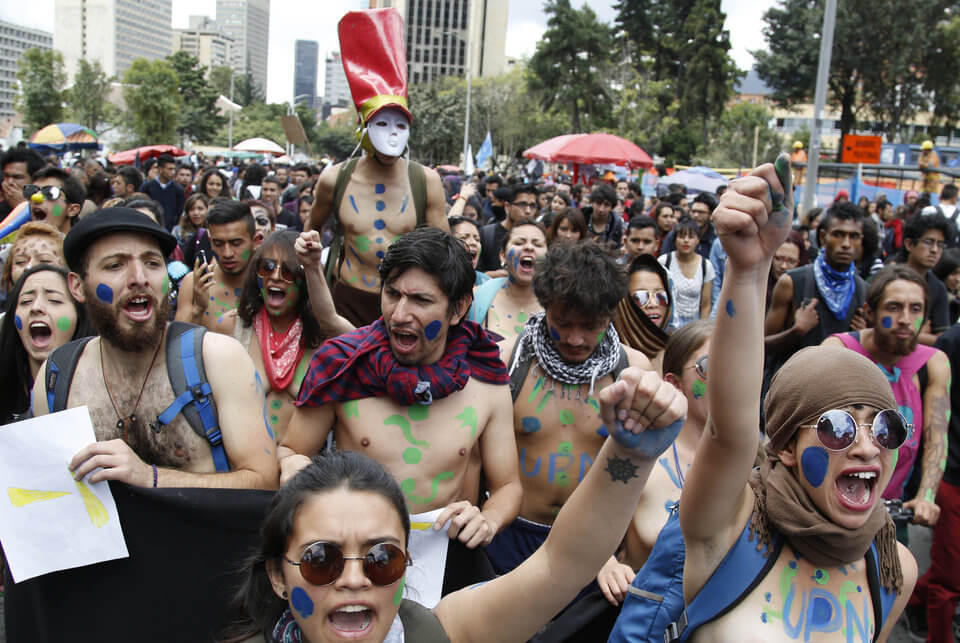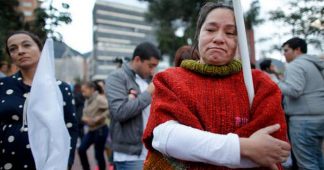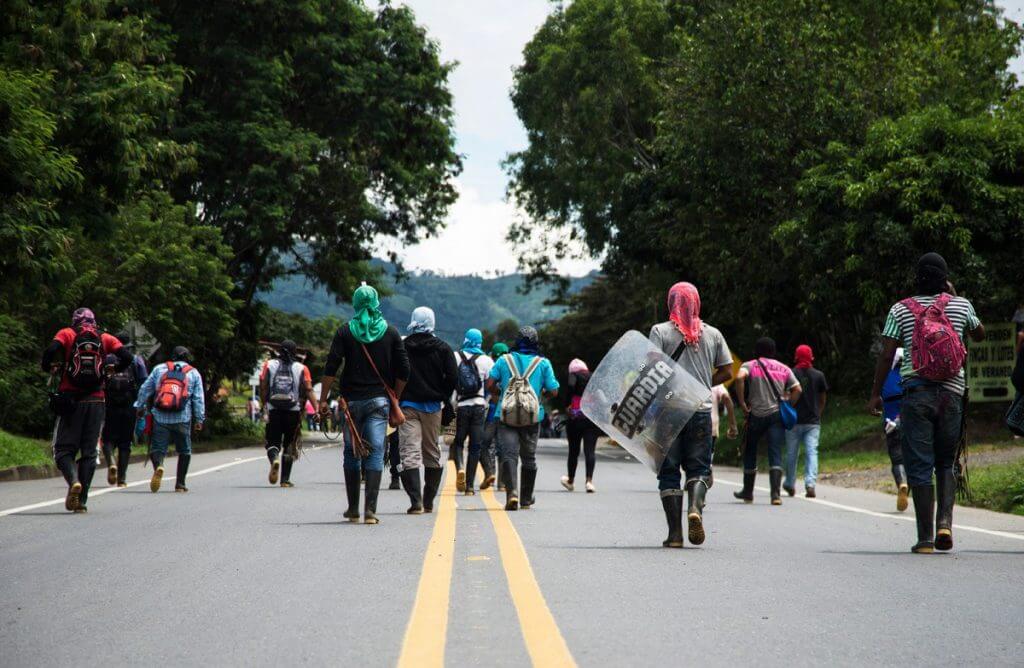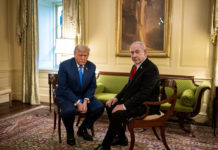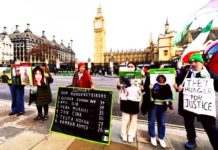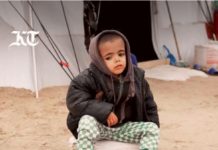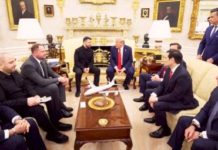Source: Resumen Latinoamericano
Comuna / May 1, 2017
Colombia is suffering a wave of murders of human rights defenders, indigenous people and social leaders, in a violent escalade that is being concealed by the media corporations that control the information agenda in Latin America. Only last week, six indigenous people were murdered, Amnesty International reported.
The list of victims of right-wing paramilitary violence also includes former guerrillas of the Revolutionary Armed Forces of Colombia (FARC) who had been pardoned in the context of the Peace Agreement between the FARC and the government and were looking forward to coming back to life as citizens. The stability of the peace agreements is being seriously threatened by these attacks that target demobilized FARC members—many of which are committed by armed groups that are either directly linked to the state or are protected by the state’s inaction.
The amount of deaths makes Colombia, by far, the Latin American country with more political murders of 2017. The overwhelming majority of victims come from sectors that aren’t aligned with Juan Manuel Santos’ government.
However, media corporations remain silent about this dramatic situation, and instead focus on disseminating news to defame the governments they disapprove of, like Venezuela.
If we take a look at the news published by South American newspapers about Colombia over the last two weeks, the majority is about the statements of President Santos on Venezuela, followed by his announcement on the reform of the pension system.
There’s also ‘news’ about a model who was angry about not winning a beauty pageant, on pop singer Maluma and on the price tag on soccer player James Rodríguez—all of this is deemed more newsworthy than the ongoing massacre. Only a handful of news outlets feature, as an isolated case, Amnesty International’s communiqué.
Between January 1, 2017 and March 1, 2017, 156 people were murdered, at least 5 disappeared and 33 suffered attacks according to the report presented by the Ombudsman, Carlos Negret Mosquera, titled ‘Violence and threats against social leaders and human rights defenders’.
Victims of this systematic killing are from the departments of Antioquia, Arauca, Atlántico, Bolívar, Caldas, Caquetá, Casanare, Cauca, Cesar, Córdoba, Cundinamarca, Chocó, Huila, La Guajira, Magdalena, Meta, Nariño, Norte de Santander, Putumayo, Risaralda, Santander, Tolima, and Valle del Cauca.
The ombudsman explained that ‘one of the main causes of this phenomenon is that illegal paramilitary groups are trying to occupy the territories that the FARC have withdrawn from, in order to control the illegal economies that fuel the war in Colombia’. This is a silent, undeclared war linked to drug trafficking and other illegal markets. This proves that the FARC were a force of peace, since they opposed resistance to the interests of these groups.
Amnesty International warned, on April 21, that ‘the murder of six indigenous peoples last week creates serious doubts on the effectiveness of the measures implemented by the government to move forwards in the peace process’.
One of the victims was the leader of the Kite Kiwe Indigenous Congress in the Timbío region, Gerson Acosta, who was supposed to be protected by the government since he had received death threats because of his fight for human rights.
The peace agreements between the government and the FARC were signed in November 2016. Santos had committed to protect the areas that the FARC were about to leave, but paramilitary groups and other criminal gangs seem to have complete freedom to commit murders.
Arcadia magazine has reported that, in a year, 70 human rights defenders were murdered—30 of them since the ceasefire between the government and the FARC. On this issue, sociologist Alfredo Molano, who is an expert on the Colombian conflict, said to the magazine that ‘crimes haven’t ceased occurring since the beginning of the peace agreements.’
But he’s not speaking of the 2016 FARC peace agreements. According to Molano, what we’re witnessing is a ‘continuation of the murders of members of Patriotic Union’, a left-wing political force created in 2985 by former guerrilla members to participate in democratic life, whose members were exterminated by the Colombian military, police, intelligence, paramilitary and drug trafficking gangs.
On the murder of two guerrillas in Magdalena medio, he said: ‘if the authors were Army snipers, as it looks like, it’s very serious, because it’s a violation of the ceasefire, which they don’t want to uphold. They’re opening the door to massacres and paramilitarism.
The FARC denounced the activity of paramilitary groups in Tumaco, municipality of Nariño, after the murder of Luis Ortiza Cabezas, a former guerrilla that had been pardoned in the peace process and had been freed from jail two weeks before being shot down, on April 26.
According to FARC leader Edison Romaña, who’s in charge of one of the transition concentration areas in Tumaco, there are at least ten paramilitary groups operating in the region, and the armed forces and the State know about this.
Photo :Right-wing paramilitaries / Photo credit: Emaze
